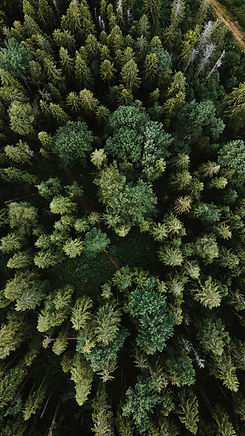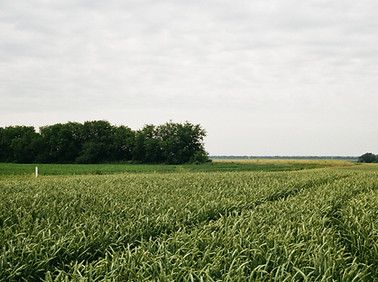FAQ

WHY NATIVE
Seeds picked from the closest source to where it will be planted, allows the plant to easily adapt to its local environment. The plant understands climatic events and is well adapted to withstand the instability of our current climate. By propagating from seed, each tree or shrub has the genetic diversity necessary to be naturally resilient for decades to come. Not only that, but indigenous trees also provides more habitats for our beneficial bugs and insects. They are adapted to feed and nest on the trees and shrubs that have always grown in their local region, encouraging biodiversity.
OUR FORESTS
Canopeum forms partnerships with individuals and businesses who want to commit to a long-term proven solution to clean air and water, trees.
We create polyculture forests using our indigenous trees and shrubs. This creates pockets of hardwood forests which will protect and rebuild endangered animal populations, support biodiversity and capture carbon simultaneously.
With our research partnerships Canopeum enables multidicinaplary studies to work collectively on a specific research focus and attach a question to every new forest plot. We believe collective thought is a step towards the re-evolution.


FOREST RESILIENCE
As our climate becomes more unpredictable, it is important to plant trees and shrubs that are best suited to large climatic events. Native trees and shrubs have a built-in resilience; little forest heroes waiting to get to work.

Canopeum Plants the Seeds
Canopeum grows every tree from local, native seeds. These seeds grow into saplings in a micro tree nursery [a canopeum] where our trained Forest Stewards follow and showcase the journey of a tree, from seed to forest..

Canopeum Plants the Forests
CO2Life follows every sapling to the field where it will begin to contribute to a poly-culture forest. Every sapling is planted within the same ego region as the community is was grown in creating stronger roots, stronger trees and a stronger planet, together. We build native, hardwood and softwood forests mimicking the way nature had intended.
RIVER AND RIPARIAN ZONES
Riparian zones are an important zone that needs more attention. Using the right indigenous tree and shrub can stabilize the banks which can withstand flooding and work at filtering and clean the water for future generations.


WIND BREAKS
Planting wind breaks along fields help farmers with soil erosion. By using indigenous trees to create those wind breaks also gives our wildlife a home to eat, nest and protect themselves. Indigenous trees and shrubs feed this primordial loop keeping healthy, local ecosystems alive!
WILDLIFE HABITAT
To maintain our native insect and animal populations, it is important to regenerate the forests where these creatures eat, nest and rest. By planting native foliage, it provides all the right foods and nesting spots necessary for wildlife populations to regenerate.


